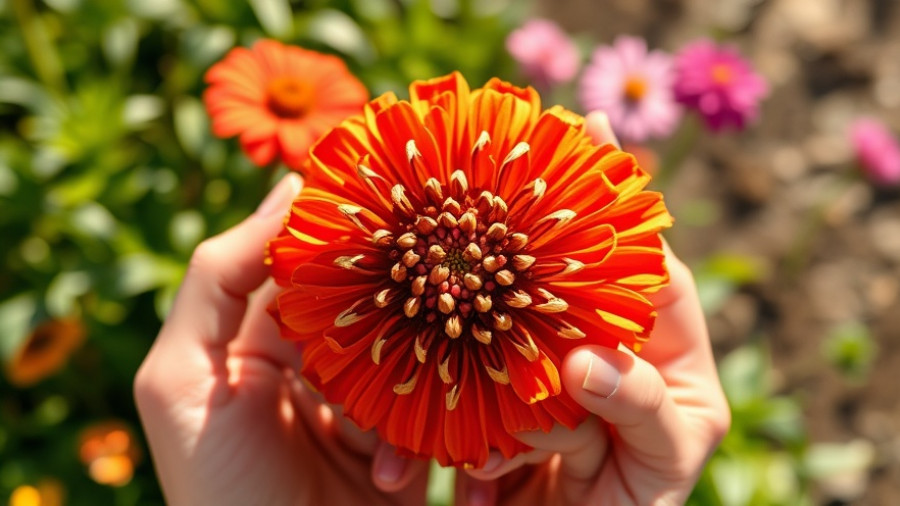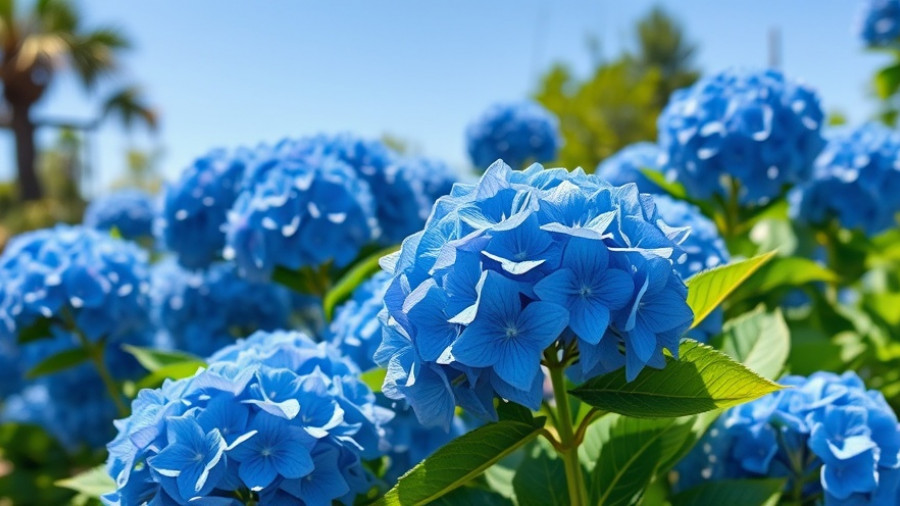
Harvest Fresh Vegetables Before Frost: Top Choices for Your Garden
As summer wanes and autumn sets in, enthusiastic gardeners may feel the urgency to maximize their harvests. The changing weather brings about the need to plant quick-growing edible crops that can thrive in cooler temperatures and even tolerate light frosts. Below, we’ll explore several fast-growing vegetables that you can plant now and harvest before the frost, allowing for fresh produce throughout the transitional months.
Understanding Fast-Growing Vegetables
Fast-growing vegetables are essential when the seasons shift, offering both adaptability and a quick turnaround. These crops can germinate in warm soil but continue to thrive as temperatures dip. Leafy greens and quick-harvest options are ideal for people looking to make the most of their gardening efforts before the frost becomes an issue.
Choosing the Right Crops for Late Planting
Some of the best crops to consider for a late summer or early fall planting include:
- Rhubarb Swiss Chard: A hardy green that’s ready to harvest in as little as 50 days.
- Rapini (Broccoli Raab): This nutrient-rich vegetable germinates quickly and can be harvested just 40 days after planting.
- Turnip (White Lady): Perfect for late planting, these roots can be harvested in 50-60 days, providing a tasty treat before frost.
- Spinach: This leafy green loves the cooler temperatures and can be sown thick for a lush, timely harvest.
A Step-by-Step Guide to Timing Your Planting
The key to a successful late planting lies in understanding when your local forecast predicts the first frost. Here are some practical tips to help you gauge the best timing for planting:
- Know your frost dates: Use climate data to pinpoint the estimated first frost in your area, but remember that local microclimates can vary.
- Days to maturity: Check the seed packets to understand how long it takes for each crop to mature, and calculate your planting date accordingly.
- Buffer for uncertainties: Add a few extra days to account for environmental factors that might slow growth, such as cooler soil temperatures or less sunlight.
Using Season Extenders Wisely
If you live in a region with a particularly harsh winter or early frost dates, consider using cold frames or row covers. These season extenders can allow for an extended growing period, making it possible to cultivate crops even when the conditions might otherwise be unfavorable. For gardening lovers, mastering these techniques can very well transform your outdoor space into a flourishing oasis year-round.
Practical Tips for Your Autumn Garden
As you plan your fall gardening endeavors, keep these additional tips in mind:
- Explore container gardening: If garden space is limited, opt for containers that can be placed on patios, decks, or even kitchen windowsills. This versatile approach allows for easy mobility, enabling you to protect your plants from the elements.
- Consider eco-friendly yard care: Choosing organic options for pest control and soil nutrition enhances your garden's health and sustainability.
- Experiment with microgreens: For a speedy harvest, consider growing microgreens inside. They germinate quickly and can add vibrant flavor and nutrients to your meals.
Conclusion: Your Garden Awaits!
With these fast-growing vegetables and practices, you're well-equipped to maximize your harvest this fall. Not only can you relish fresh produce right from your garden, but you can also enjoy the process of nurturing your plants into healthy and productive life. Embrace the changing seasons, and create your own little patch of nature. Whether it's a corner of your yard, a container on your porch, or a small patch at your local community garden, every effort counts.
Now is the time to dig in and make the most of your outdoor living space. Cultivate your garden for an end-of-season boost with a variety of tasty vegetables. Happy gardening!
 Add Row
Add Row  Add
Add 




Write A Comment